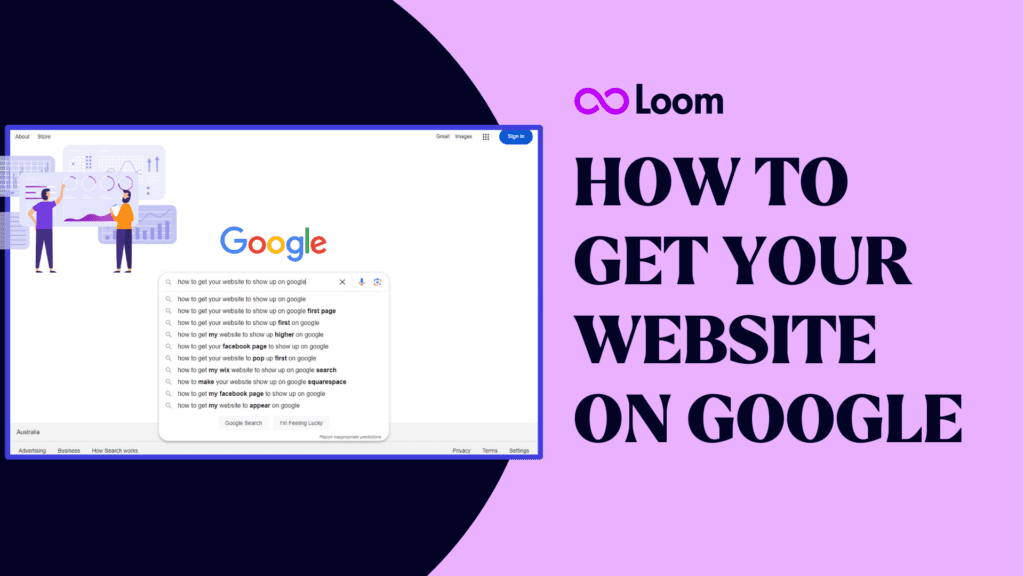Whether you run a business, manage a blog, or operate an online store, if your website isn’t surfacing in Google searches, you’re missing out on a goldmine of opportunities. Fortunately, improving your website’s visibility is well within your control, and this guide will show you how.
If you’re tired of your site being overlooked and wondering why potential customers can’t find you, you’re in the right place. This step-by-step guide on how to get your website to come up on Google will walk you through the entire process. So let’s dig in.
Why Google Rankings Matter
Let’s get one thing straight: Google dominates the search engine market, accounting for over 90% of global searches. In Australia, this number is even higher, meaning that if your website isn’t visible on Google, you’re essentially invisible to your audience. Ranking on Google isn’t just a matter of pride—it’s about generating traffic, increasing visibility, and driving conversions.
Imagine you’re a café on a busy street in Sydney. You serve the best coffee, but your shop is tucked away in a side alley with no signs. Google ranking is like moving your café to a prime spot on George Street, where people can easily find you. However, simply showing up on Google isn’t enough—you need to rank high, because 75% of users never scroll past the first page of results. If you’re not on that first page, it’s almost as if you don’t exist.
The Importance of Google Rankings for Businesses
Australia’s digital economy is thriving, and more than 21 million people regularly use the internet. With such a large online population, local businesses that don’t optimise their websites for Google are losing out on significant potential traffic. Whether you’re running a local business in Gold Coast, a tourism agency in Cairns, or an eCommerce store serving the whole of Australia, your Google ranking can make or break your online success.
Ranking on Google requires a solid strategy that combines several elements: technical know-how, content optimisation, and user experience. Let’s break down exactly how you can achieve better visibility and rise through the search ranks.
Step 1: Getting Google to Notice You – Setting Up Google Search Console
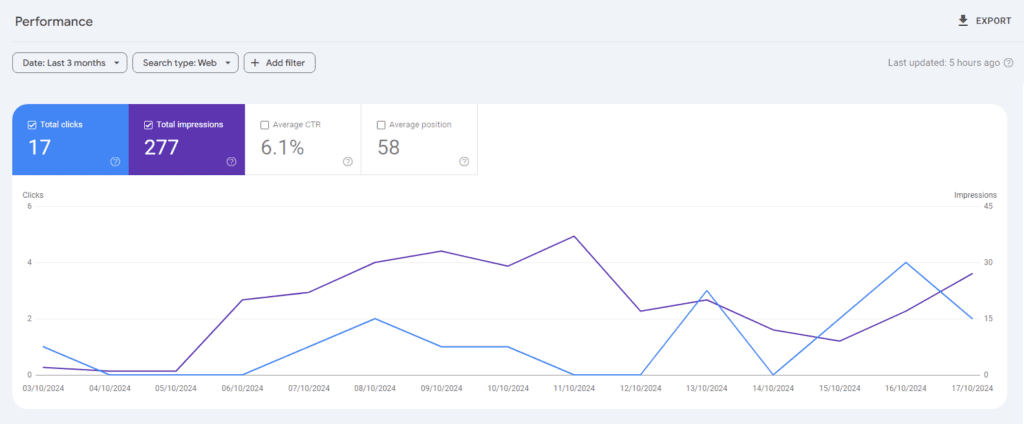
Before your website can rank, Google needs to know it exists. This is where Google Search Console (formerly Google Webmaster Tools) comes into play. Google Search Console is a free tool that lets you communicate directly with Google’s bots, which are responsible for crawling, indexing, and ranking your site. It’s your direct line of communication to Google, allowing you to monitor how your site performs in search results, identify errors, and optimise accordingly.
How to Set Up Google Search Console
- Sign Up and Verify Ownership: Head to Google Search Console and sign up with your Google account. Once registered, the next step is to verify your site ownership. Google offers several methods for this, including adding a meta tag to your website’s HTML, uploading an HTML file, or verifying via your domain provider. Choose the method that’s easiest for you.
- Submit Your Sitemap: A sitemap is essentially a list of all the pages on your website. Submitting a sitemap helps Google’s bots understand your site structure and ensures that all of your pages are indexed. If you’re using a CMS like WordPress, generating a sitemap is simple—most SEO plugins like Yoast SEO or Rank Math will create one for you automatically. Once your sitemap is ready, go to Search Console, click “Sitemaps,” and submit the URL.
- Request Indexing: If you’ve recently added new pages or made significant changes to your website, it’s important to ask Google to re-crawl and index your content. In Search Console, go to the “URL Inspection” tool, input the URL you want Google to re-index, and click “Request Indexing.”
Benefits of Google Search Console
Search Console not only helps Google find and index your site, but it also provides valuable data on how your website is performing in search results. You can see which queries are bringing users to your site, monitor your site’s impressions and clicks, and identify any issues—such as mobile usability errors or broken links—that could hurt your rankings. Use this data to make informed decisions and optimise your website over time.
Step 2: Optimising Your On-Page SEO (It’s Not Just About Keywords)
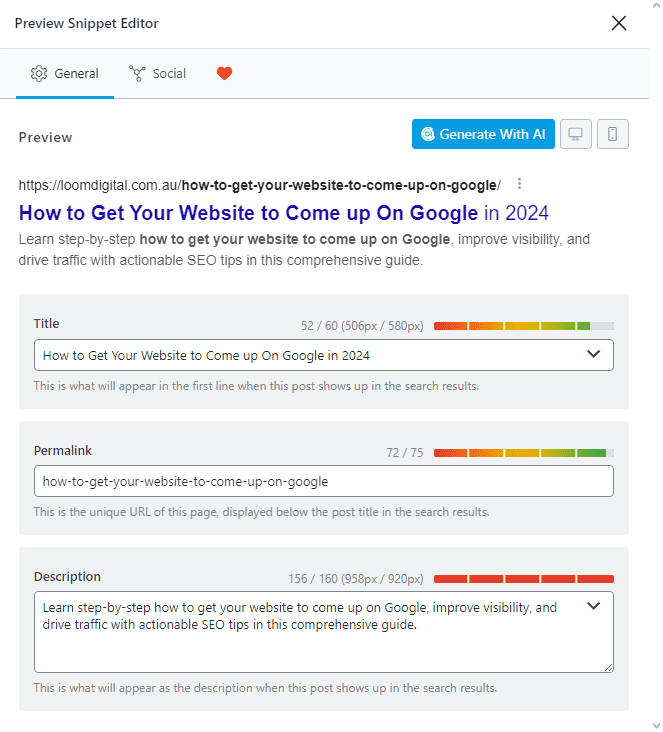
Once Google knows your site exists, it’s time to ensure that your content is optimised for search engines. On-page SEO involves optimising the content on each of your website’s pages so that Google can easily understand what they’re about and rank them accordingly. However, on-page SEO is much more than just sprinkling keywords throughout your text—it’s about delivering value, answering user intent, and ensuring that both search engines and users can navigate your site easily.
Conducting Keyword Research
Before optimising your content, you need to know what people are searching for. This is where keyword research comes in. Keywords are the terms or phrases that users type into Google when looking for information, products, or services. For example, an Australian user might search for “best seafood restaurant in Sydney” or “how to apply for a visa to Australia.” Your goal is to ensure that your website’s content aligns with the keywords your target audience is using.
Here’s how to get started with keyword research:
- Use Tools Like SEMrush or Ahrefs: Tools like SEMrush or Ahrefs allow you to research keywords related to your business. These tools provide insight into how often specific keywords are searched, how competitive they are, and whether they’re worth targeting. Focus on finding a mix of short-tail and long-tail keywords (more specific, less competitive phrases) to maximise your chances of ranking.
- Focus on User Intent: It’s not enough to simply pick keywords that are highly searched. You also need to consider user intent—what the user is hoping to achieve with their search. Are they looking for information, trying to make a purchase, or seeking a service? Ensuring your content matches the intent behind the search query is key to driving relevant traffic.
- Analyse Competitors: One of the best ways to identify high-value keywords is by analysing what your competitors are doing. Tools like SEMrush’s Competitor Analysis allow you to see which keywords your competitors are ranking for and help you identify gaps where you can improve.
Crafting SEO-Optimised Content
Once you’ve identified your keywords, it’s time to craft content that satisfies both Google and your audience. This means more than just inserting keywords into your text—it’s about creating content that answers your visitors’ questions, solves their problems, and provides value.
- Use Keywords Naturally: Your primary keyword should appear in key locations like the title tag, meta description, headers (H1, H2, etc.), and within the first 100 words of your content. However, avoid “keyword stuffing” (overloading your content with keywords), as this can harm your rankings. Instead, use them naturally and focus on delivering valuable information.
- Optimise Meta Tags and Descriptions: Meta titles and descriptions are important not only for Google but also for users. A well-written meta description can encourage users to click through to your site. Keep your meta title under 60 characters and your description under 160 characters, ensuring they both contain your target keyword.
- Use Internal Linking: Internal linking helps Google understand the relationship between pages on your site and improves navigation for users. Be sure to link to relevant pages within your content to enhance user experience and increase the chances of your pages being crawled by search engines.
- Format for Readability: Most readers skim web pages rather than reading them in detail. Break up your content using headings, subheadings, bullet points, and images. Clear formatting not only improves user experience but also helps Google understand the structure of your content. Tools like Grammarly can help ensure your text is clear and free of errors.
Step 3: Building Authority with Backlinks (Let Others Vouch for You)
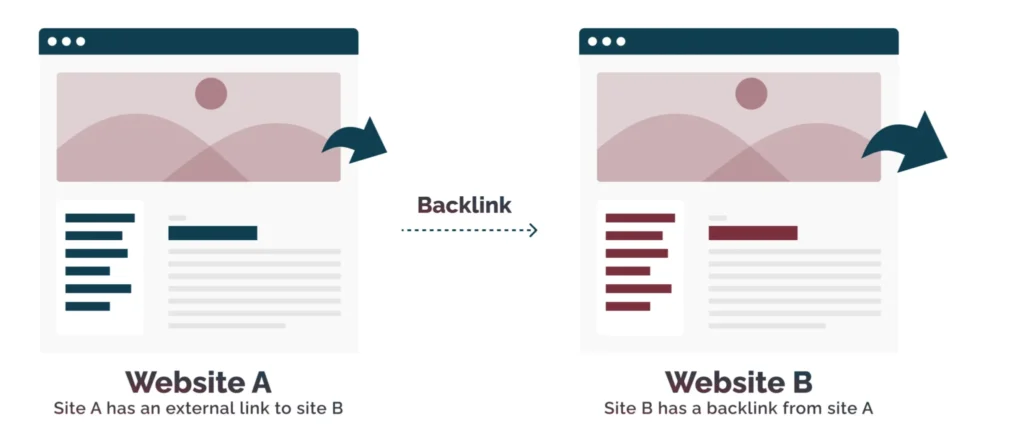
Backlinks, also known as inbound links, are one of Google’s most powerful ranking signals. A backlink occurs when another website links to yours, essentially vouching for the quality and relevance of your content. Think of it as a vote of confidence: the more high-quality sites that link to you, the more authoritative your website appears to Google.
How to Build High-Quality Backlinks
- Create Link-Worthy Content: The best way to attract backlinks is by creating content that other sites want to link to. This might include comprehensive guides, how-to articles, industry reports, or unique research. For example, a well-researched article on “Best Eco-Friendly Hotels in Australia” could attract backlinks from travel bloggers, eco-tourism sites, and media outlets.
- Guest Posting: Guest blogging on reputable sites within your industry is a great way to build backlinks. Reach out to websites or blogs that are relevant to your niche and offer to contribute high-quality content. In return, you’ll often be allowed to include a backlink to your site.
- Leverage Local Partnerships: If you run a local business, collaborate with other businesses or organisations in your area to exchange links. For example, if you’re a café in Melbourne, you might partner with a local tourism website to get featured in their city guide, which would include a backlink to your website.
- Submit to Local Directories: Getting listed in local business directories like Yellow Pages Australia or True Local can also provide valuable backlinks. Make sure that your business details (Name, Address, Phone Number) are consistent across all listings to avoid confusion and improve your local SEO efforts.
- Broken Link Building: This strategy involves finding broken links on other websites and offering your content as a replacement. Tools like Ahrefs can help you identify broken links on relevant websites, giving you the opportunity to reach out and suggest your content as an alternative.
Importance of Backlink Quality Over Quantity
While it’s tempting to focus on getting as many backlinks as possible, quality is far more important than quantity. One link from a highly trusted site like The Guardian Australia is worth far more than dozens of links from low-quality or spammy websites. Be wary of purchasing backlinks or using link farms—these tactics are against Google’s guidelines and can result in penalties.
Step 4: Improving User Experience (Google Prioritises Happy Visitors)
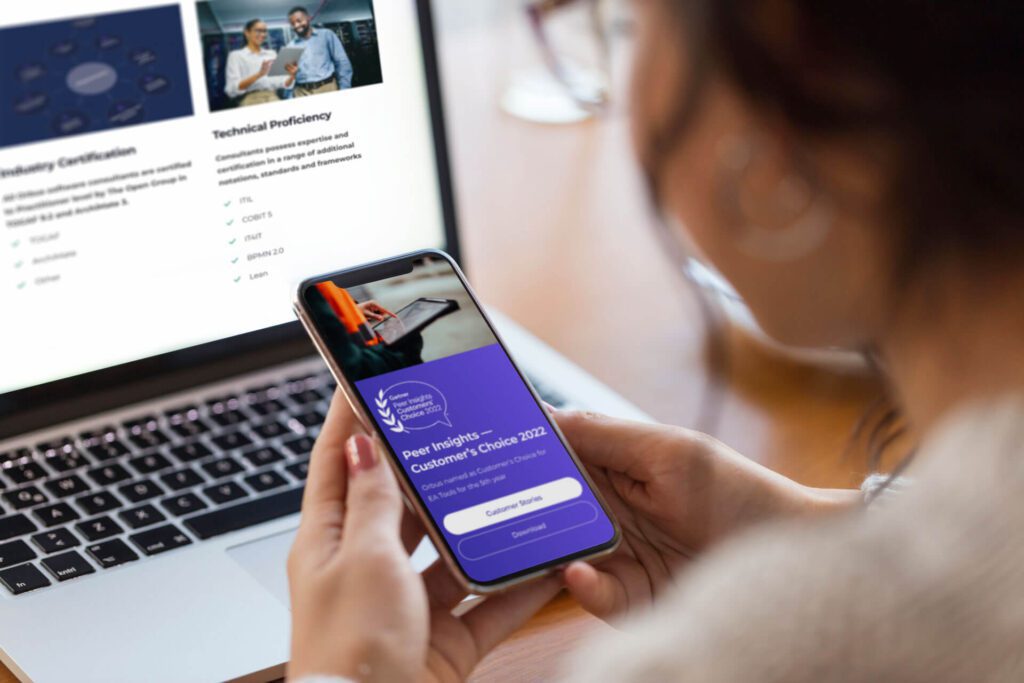
Google’s top priority is to deliver the best possible user experience to its searchers. Websites that provide a smooth, enjoyable experience are rewarded with better rankings. This means you need to ensure that your site is fast, easy to navigate, and mobile-friendly.
Speed Matters: Enhancing Site Performance
Page speed is one of Google’s key ranking factors. Slow-loading websites frustrate users, leading to higher bounce rates (when users leave your site without interacting) and lower engagement. Ideally, your site should load in under three seconds.
Here’s how to speed up your site:
- Compress Images: Large image files are one of the main culprits behind slow load times. Use tools like TinyPNG or ImageOptim to compress images without compromising quality.
- Enable Browser Caching: Caching allows browsers to store certain elements of your website (like images and scripts) so that they don’t need to be reloaded every time a user visits. This significantly improves load times for returning visitors. If you’re using WordPress, caching plugins like W3 Total Cache can help.
- Use a Content Delivery Network (CDN): CDNs like Cloudflare store copies of your website on servers around the world, reducing the distance data has to travel. This results in faster load times, especially for users who are far from your hosting location.
- Minimise HTTP Requests: Every element on a web page—images, scripts, stylesheets—requires an HTTP request to load. The more requests your site makes, the longer it takes to load. Reduce the number of elements on your page and combine files (e.g., CSS or JavaScript) where possible to speed things up.
Mobile Optimisation: Catering to Australian Mobile Users
With over half of all web traffic coming from mobile devices, ensuring that your website is mobile-friendly is crucial. In Australia, mobile internet usage is even higher, with over 60% of users browsing on their phones. Google now uses mobile-first indexing, meaning it predominantly evaluates the mobile version of your site when determining rankings.
To optimise for mobile:
- Use Responsive Design: Responsive websites automatically adjust to fit the screen size of any device, providing a consistent experience across desktops, tablets, and smartphones. Most modern website themes, including those on WordPress, offer built-in responsive design.
- Optimise Touch Elements: Make sure that buttons, menus, and other clickable elements are easy to interact with on small screens. If your buttons are too close together or too small, users may struggle to navigate your site on mobile devices.
- Test Your Site: Use Google’s Mobile-Friendly Test to see if your website meets mobile usability standards. The test provides insights on how to improve any areas that may not be fully optimised for mobile users.
Step 5: Leveraging Local SEO (Be the King of Your Area)
Local SEO is crucial for businesses that serve a specific geographic area. Whether you’re a café in Perth, a dental clinic in Brisbane, or an adventure tour operator in Darwin, optimising your site for local searches helps you appear in front of nearby customers who are searching for your services.
How to Optimise for Local SEO
- Claim Your Google Business Profile: Your Google Business Profile is one of the most important tools for local SEO. This free listing helps your business appear in local search results and Google Maps. Make sure your profile is complete with accurate business information, operating hours, photos, and customer reviews.
- Ensure NAP Consistency: NAP stands for Name, Address, and Phone number, and it’s important that these details are consistent across all your online listings—your website, social media profiles, and directories like Yellow Pages Australia. Inconsistent information can confuse Google and potential customers, leading to lower rankings.
- Optimise for Local Keywords: Use localised keywords in your content, meta descriptions, and headings. For example, instead of “plumbing services,” use “plumbing services in Adelaide” to target searchers in that specific location. You can find local keyword opportunities by using tools like Google Keyword Planner.
- Get Listed in Local Directories: Apart from your Google Business Profile, make sure your business is listed in other local directories like True Local, StartLocal, or industry-specific directories. These listings can provide valuable backlinks and improve your local authority.
- Encourage Customer Reviews: Reviews play a major role in local SEO. Positive reviews on your Google Business Profile not only boost your local rankings but also help build trust with potential customers. Encourage satisfied customers to leave reviews and be sure to respond to them—whether they’re positive or negative.
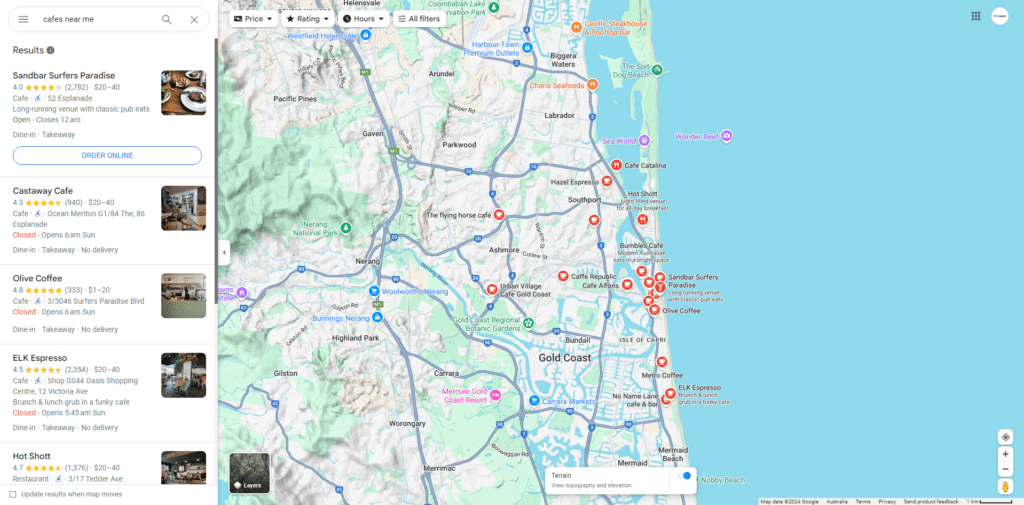
Step 6: Supercharging Your SEO with Content Marketing
Content marketing is one of the most effective ways to enhance your SEO strategy. By regularly publishing high-quality, informative content, you can attract more visitors to your site, keep them engaged, and establish your website as an authority in your industry. But not all content is created equal—your content needs to be relevant, valuable, and optimised for search engines.
Creating Evergreen Content
Evergreen content refers to articles, blog posts, or guides that remain relevant over time. Unlike news articles or trend-driven content, evergreen pieces continue to attract traffic long after they’re published. Examples of evergreen content include “how-to” guides, FAQs, and resource pages.
Here’s how to create valuable evergreen content:
- Focus on High-Interest Topics: Identify topics that are consistently relevant to your audience. For example, a local mechanic in Sydney might create a guide on “How to Maintain Your Car in Australia’s Changing Climate.” This type of content remains useful year-round.
- Optimise for SEO: Ensure your evergreen content is fully optimised with relevant keywords, meta descriptions, and internal links. Regularly update it to keep the information accurate and reflect any changes in best practices or industry standards.
- Use Different Content Formats: Evergreen content doesn’t have to be limited to blog posts. You can create videos, infographics, podcasts, or downloadable resources. Diverse formats allow you to reach a broader audience and encourage more engagement.
Social Signals and Sharing Your Content
While social media engagement isn’t a direct ranking factor, it plays an important role in driving traffic to your site. Social signals—shares, likes, and comments—can amplify the reach of your content and indirectly contribute to better SEO by increasing brand awareness and potentially attracting backlinks.
Here’s how to leverage social media for SEO:
- Add Social Sharing Buttons: Make it easy for readers to share your content by including social sharing buttons on your blog posts and landing pages. The more your content is shared, the greater its reach.
- Engage with Your Audience: Actively share your content on platforms like Facebook, Instagram, Twitter, and LinkedIn. Encourage discussions and engagement to drive traffic back to your website.
- Influencer Outreach: If you’ve created high-quality, valuable content, reach out to influencers in your industry who might find it useful. A share from a well-known figure can dramatically increase your content’s exposure.
Step 7: Monitoring and Adjusting Your SEO Strategy
SEO is not a one-time task—it’s an ongoing process. Google’s algorithms are constantly evolving, and the digital landscape is always changing. To stay ahead, it’s crucial to regularly monitor your SEO performance and make data-driven adjustments to your strategy.
Using Google Analytics and Google Search Console
- Track Your Traffic: Google Analytics allows you to monitor where your website traffic is coming from, which pages are most popular, and how users are engaging with your content. This information is invaluable for identifying areas that need improvement or content that’s performing well.
- Monitor Search Performance: Google Search Console provides insights into how your website is performing in Google’s search results. You can see which search queries are driving traffic, track your average position in search results, and identify any issues that might be hindering your rankings.
- Identify and Fix Errors: Use Search Console to spot technical issues such as broken links, mobile usability problems, or security issues. Fixing these errors promptly ensures that your site remains user-friendly and fully optimised for Google.
Iterate and Improve
SEO isn’t static, and what works today may not work tomorrow. Keep an eye on trends in your industry, new Google algorithm updates, and your competitors’ strategies. Regularly refresh and update your content, add new resources, and optimise pages that aren’t performing as well as expected.
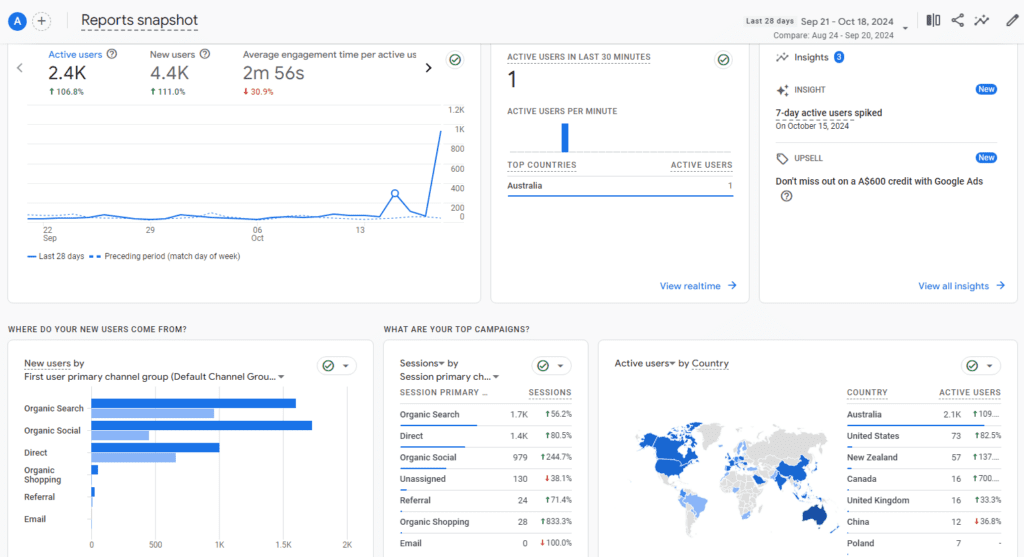
It’s Time to Get Your Website on Google’s Radar
Ranking on Google is a long-term effort, but the strategies outlined in this guide will help you climb the ranks and gain visibility. From setting up Google Search Console to optimising your content, building backlinks, and improving user experience, each step is crucial for achieving better rankings and driving traffic to your site.
SEO is a marathon, not a sprint. While results won’t happen overnight, with persistence and strategic effort, your website will start climbing up Google’s search results.
If you’re ready to take your SEO efforts to the next level but feel overwhelmed, you don’t have to go it alone. At Loom Digital, we specialise in helping Australian businesses improve their SEO, get more visibility, and drive meaningful traffic. Get in touch with us today, and let’s start optimising your website for success.
